France PMI Manufacturing rose to 51.0 in August, up from 49.7 and beat expectation of 49.5, back in expansionary region. PMI Services rose to 53.3, up from 52.6 and beat expectation of 52.5. It’s also a 9-month high. PMI Composite Rose to 52.7, up from 51.9.
Commenting on the Flash PMI data, Eliot Kerr, Economist at IHS Markit said:
“French private sector businesses posted another solid increase in output during August. Service sector expansion continued to surpass manufacturing growth, reflecting the broader trend seen across the eurozone in recent months.
“However, in contrast to its peers, economic growth in France has remained solid and the latest set of PMI figures only add weight to the argument that this outperformance is likely to continue in the third quarter.”




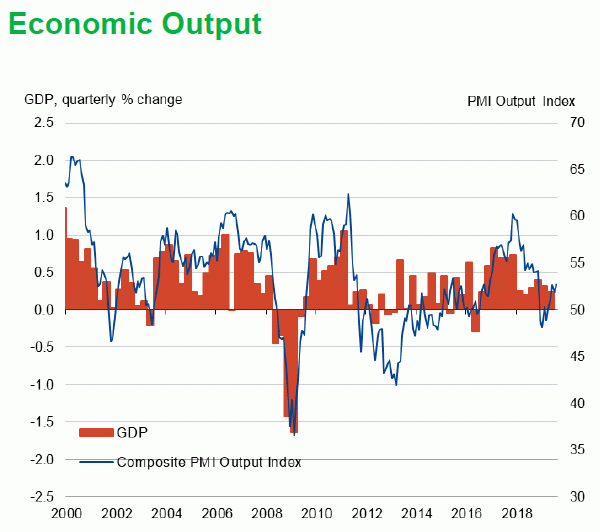
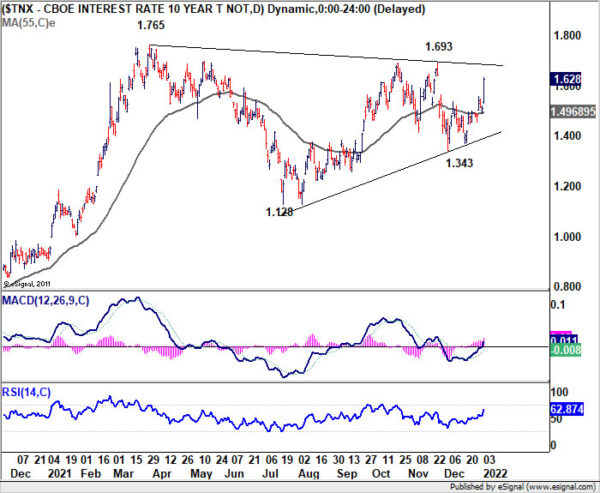
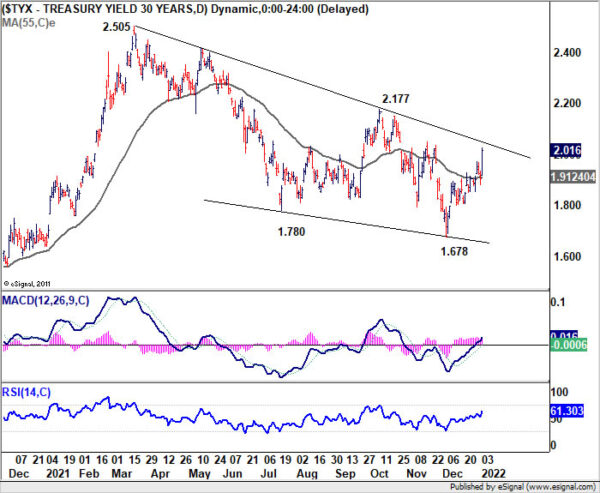
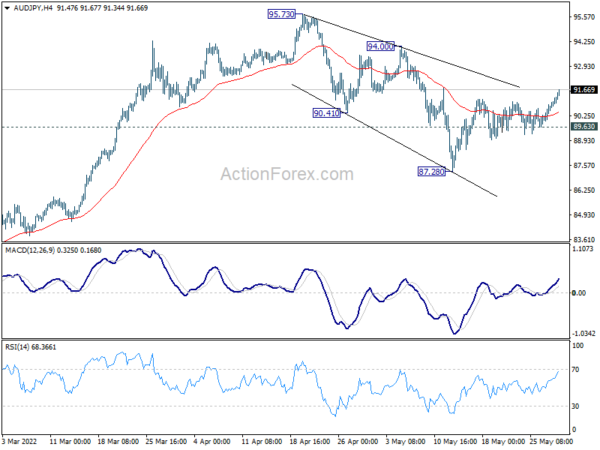
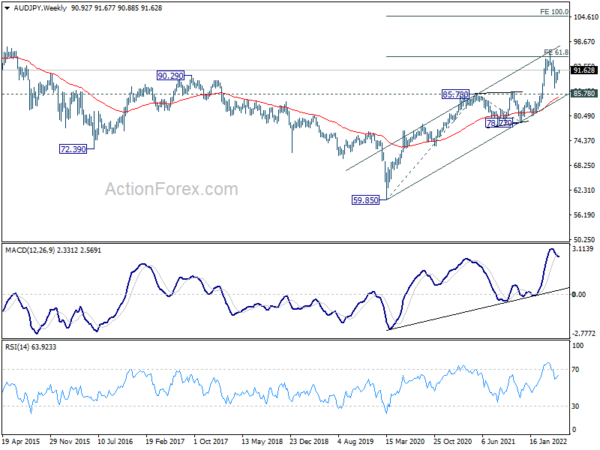

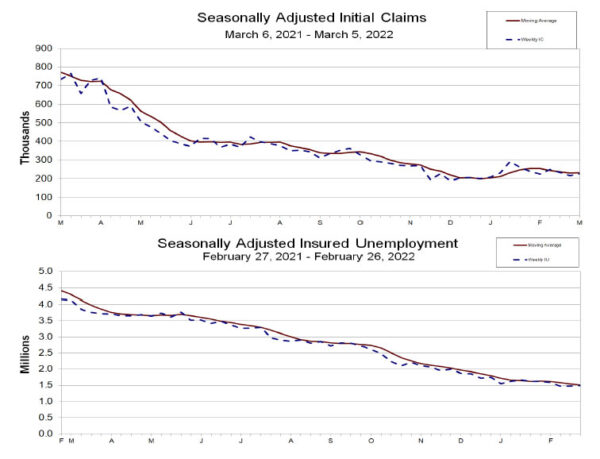
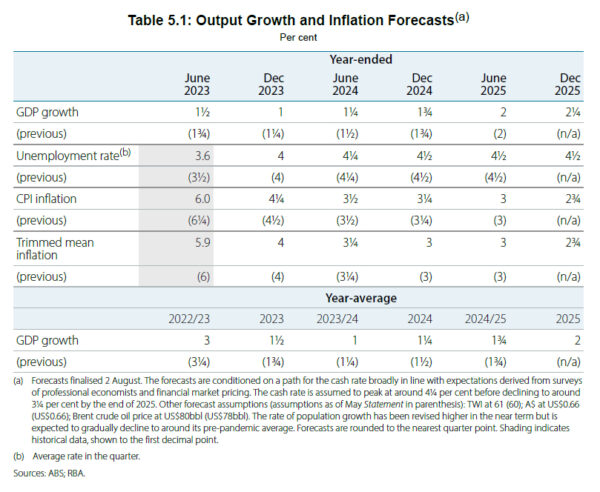
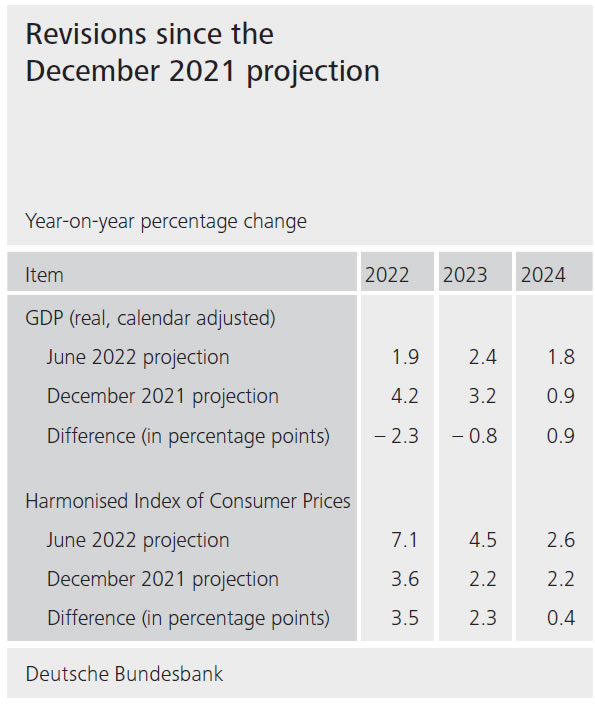
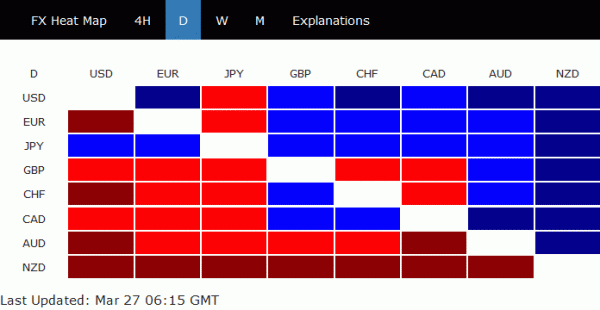
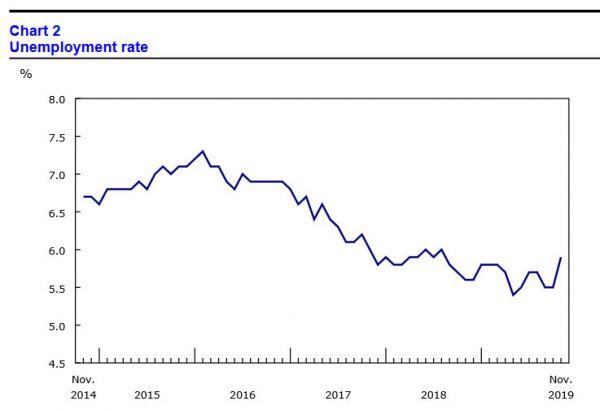
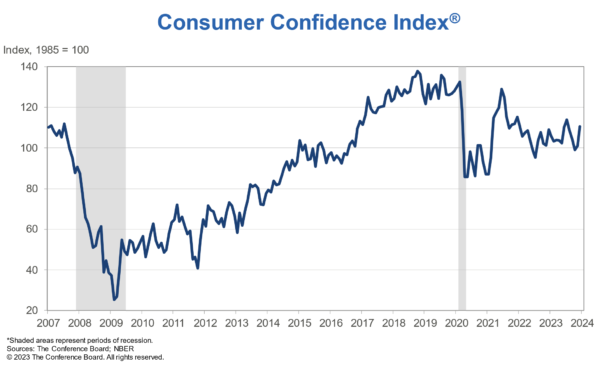

ECB Knot and Visco doubt if inflation falls below 2% after 2022
ECB Governing Council member Klaas Knot said he had a “different view” to ECB’s projection that inflation will fall back to 1.8% after 2022. He said, “I think the chance we remain stuck above 2% is just as big. Not far above 2%, but still.”
Separately, another governing council member Ignazio Visco said, “(Inflation) forecasts below 2% in 2023-24 are of course subject to both downside and upside risks.”